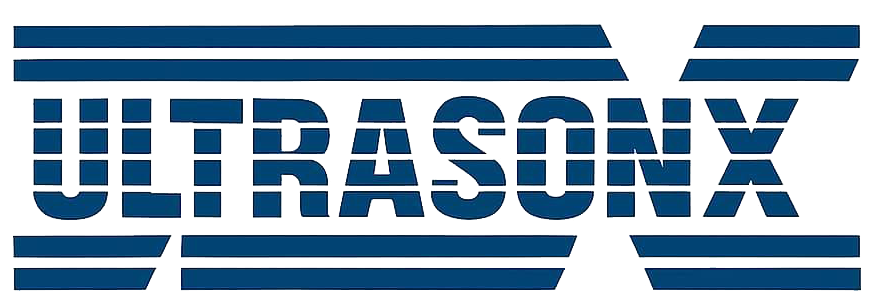High-Power Industrial Ultrasonic Transducers (>3000 W) – The Core of High-Capacity Ultrasonic Systems
Introduction
In the realm of advanced power ultrasonics, industrial ultrasonic transducers exceeding 3000 watts stand as the driving force behind high-capacity systems. Engineered for heavy-duty, continuous operations, these devices meet the highest industrial requirements: precision, durability, and sustained output power. Beyond their function as energy converters, these transducers represent an indispensable solution for overcoming production challenges in numerous industrial sectors.
Technology and Internal Architecture
High-power transducers rely on sophisticated piezoelectric ceramics with a high electromechanical coupling coefficient, enabling them to generate stable, high-amplitude mechanical vibrations at specific operating frequencies.
- Optimized Mechanical Configuration: The internal assembly is designed for uniform vibrational energy distribution across the radiating surface, minimizing stress concentration points.
- Thermal Management: At outputs exceeding 3000 W, heat buildup becomes a critical factor. Integrated cooling systems—either active or passive—along with thermal pathways ensure operational stability under prolonged loads.
- Robust Housing and Joints: All housings and coupling elements are manufactured from advanced alloys such as titanium or heat-treated stainless steel, significantly improving mechanical endurance under harsh operating conditions.
Performance Characteristics
The high output of >3 kW enables these transducers to deliver large-amplitude, precision-controlled ultrasonic waves. This makes them indispensable for processes requiring deep energy penetration into target materials.
- 24/7 Continuous Duty: Their architecture supports uninterrupted operation without performance degradation, meeting the demands of continuous production lines.
- Fast Control Response: High-performance driver circuits allow real-time amplitude and frequency adjustments—critical when working with materials of varying physical properties (e.g., in ultrasonic welding or cutting).
Industrial Applications
Due to their adaptability and high efficiency, these transducers are key components in multiple engineering domains:
-
Ultrasonic Welding of Engineering Plastics:
Capable of joining high-performance polymers and composites without adhesives or thermal bonding, primarily in automotive, aerospace, and electronics manufacturing.
-
Cutting of Hard or Brittle Materials:
From ceramics and glass to carbon fiber laminates and thin metals, ultrasonic cutting achieves precision edges without inducing micro-cracks or thermal distortion.
-
Sonochemistry:
High-power ultrasonic waves initiate intensive cavitation, accelerating molecular kinetics and enhancing yield in chemical synthesis and material processing.
-
Food and Pharmaceutical Engineering:
Used for homogenization, emulsification, and extraction of active compounds under hygienic and highly controlled conditions.
Key Advantages
- Exceptional Service Life: Materials and precision engineering extend the mean time between failures (MTBF) under demanding workloads.
- High Operational Efficiency: Maximum energy transfer with minimal loss, even in demanding material environments.
- Harsh Environment Compatibility: Resistant to mechanical shock, thermal cycling, and extended continuous duty.
- Customization Capability: Tailored designs to match production requirements, including housing geometry and frequency tuning.
Challenges and Engineering Solutions
While powerful and versatile, these transducers require consideration of certain engineering constraints:
- Thermal Control: High power generates substantial thermal energy—necessitating advanced cooling strategies.
- Initial CapEx: Investment costs are higher than low-power counterparts, but ROI is rapidly achieved due to efficiency gains and reduced downtime.
- Specialized Maintenance: Regular servicing by trained ultrasonic system engineers ensures optimal output performance.
Future Development Trends
Advancements in piezoelectric materials, finite element design optimization, and embedded digital control systems promise future transducers with:
- Real-time adaptive frequency and amplitude control.
- Optimized energy consumption profiles.
- Extended life cycles exceeding current industrial benchmarks.
Such improvements will pave the way for the next generation of ultrasonic technology, pushing the boundaries of modern industrial engineering.
Conclusion
High-power industrial ultrasonic transducers exceeding 3000 W are not merely components—they are the core elements that dictate overall system performance. Their unmatched ability to deliver high output power, mechanical robustness, and continuous operation make them indispensable in sophisticated production environments. For companies prioritizing efficiency, speed, and product quality, strategic investment in these transducers eliminates constraints of traditional manufacturing and positions them competitively in the global technology landscape.
